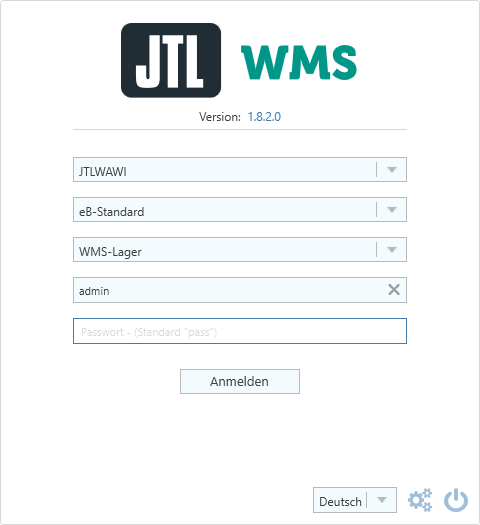We are currently still building up the English documentation; not all sections have been translated yet. Please note that there may still be German screenshots or links to German pages even on pages that have already been translated. This guide mostly addresses English speaking users in Germany.
Installation and login
Installation
JTL-WMS is installed automatically during the installation of JTL-Wawi. This ensures that both products are always present in the same version. On the workstation on which JTL-WMS is to be installed, you must therefore install the same version of JTL-Wawi that runs on all other workstations. If the wrong version has been installed, a warning appears when starting JTL-WMS and it cannot be started. JTL-WMS is started via the JTL-WMS.exe, which is located in the installation directory of JTL-Wawi.
Setup
The setup of a JTL-WMS warehouse is initially carried out via the Setup Wizard of the warehouse management under JTL-Wawi and can be configured via a variety of options.
Defining Windows parameters for starting JTL-WMS
The parameters for starting JTL-WMS can be found here.
Login
You can start JTL-WMS via the shortcut in the Windows Start menu, for example. JTL-WMS accesses the same database as JTL-Wawi. To set up JTL-Wawi, please have a look at the help pages under Database.
When you first start JTL-WMS, you must select with which database profile and which warehouse you want to log into.
Then click on Login. You will now be logged in to JTL-WMS.
First login
The first time you log in to JTL-WMS, the Workstation configuration dialogue starts automatically. This is used to set the local settings for the workstation such as printers, error and success sound, import/export settings and general information.
